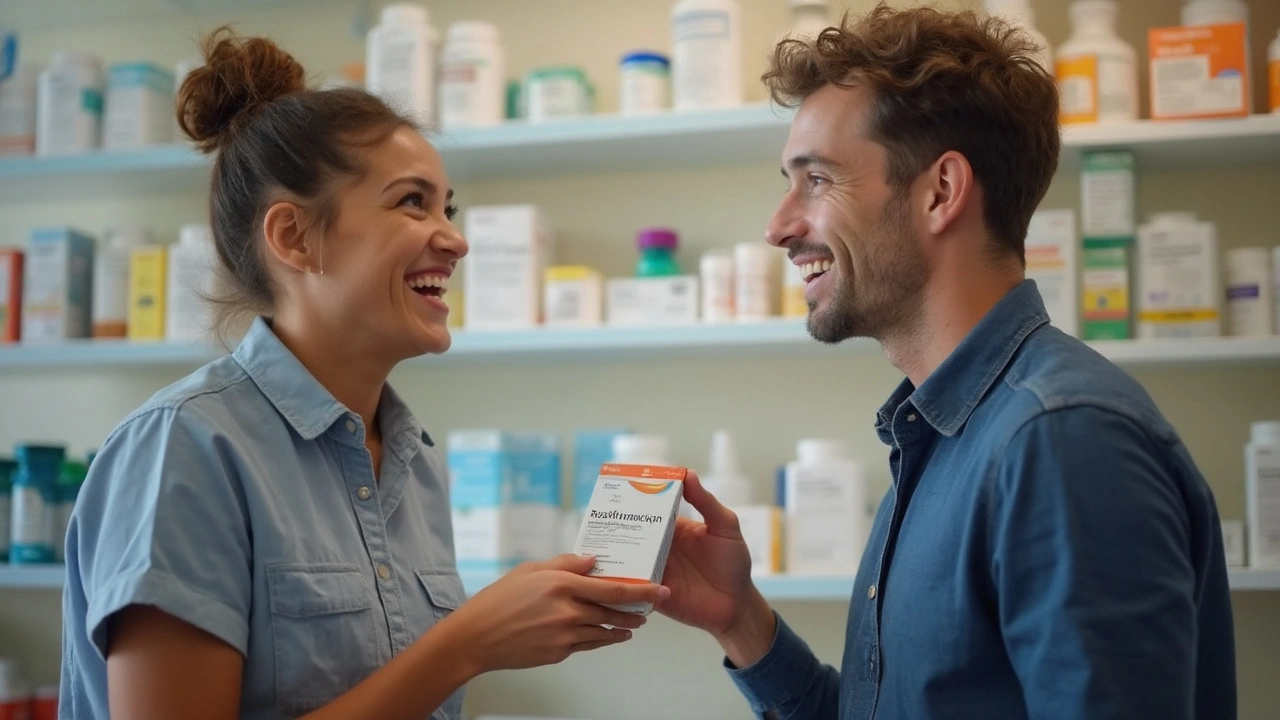Ever grabbed a pill and wondered if you’re taking too much or too little? You’re not alone. Getting the dose right is the biggest factor in whether a drug helps or harms. Below you’ll find the basics you need to read a label, adjust a dose, and stay safe.
Most prescription bottles have three pieces of info you’ll use every day: the drug name, the strength (like 10 mg), and the directions ("take one tablet twice a day"). The strength tells you how much of the active ingredient is in each unit. The directions tell you how many units to take and how often.
If the label says "10 mg tablet, take one every 8 hours," that means you’ll get 30 mg in 24 hours. Write that number down if you’re on several meds—total daily dose matters for things like blood thinners or pain pills.
Doctors sometimes change your dose based on weight, age, kidney function, or how you feel. When that happens, they’ll give you a new instruction like "take half a tablet" or "increase to two tablets." Use a pill cutter for halves, not your fingers, to keep the split even. For liquids, a proper dosing syringe or cup is a must; kitchen spoons can be way off.
Never guess a new dose. If you think a pill is too strong, call your pharmacy or doctor. A quick call can prevent a headache, a stomach upset, or something more serious.
Special groups need extra care:
When you start a new medication, keep a simple chart: drug name, strength, how many you take, and when. Review it with your pharmacist every few months.
Common dosing mistakes to avoid:
If you notice any new symptoms after a dose change—dizziness, rash, nausea—stop the medication and contact your health provider. Those could be signs you need a dosage tweak.
Bottom line: read the label, follow the doctor’s words, and double‑check any change before you act. A few minutes of careful checking can keep your treatment on track and avoid needless trouble.
Need help figuring out a specific dose? Write down the prescription details and ask your pharmacist to walk you through it. They’re there to make sure you get the right amount, every time.

Find out how roxithromycin works, when doctors prescribe it, common side effects, how to take it correctly, and key facts for safe use.
read more
Vilitra, powered by Vardenafil, is a medication for treating erectile dysfunction, but it’s crucial to use it safely. Understanding proper dosage, side effects, and potential drug interactions can significantly enhance its effectiveness while minimizing risks. This guide provides practical tips and insights for ordering Vilitra smartly and using it responsibly. Equip yourself with essential knowledge to achieve the best results while being mindful of safety.
read more